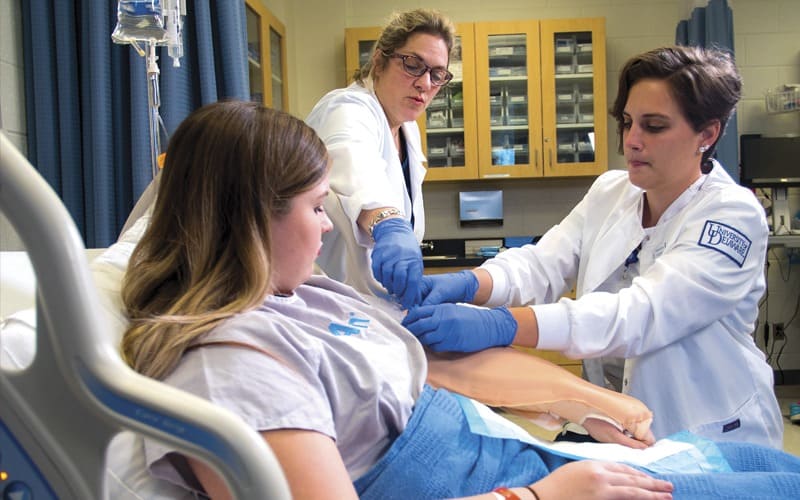 Research & Discovery
Research & Discovery
A Blog Devoted to UD Innovation, Excellence and Scholarship
Research & Discovery
A Blog Devoted to UD Innovation, Excellence and Scholarship
NIH awards Lachke $17 million grant
ABOVE: The National Institutes of Health has awarded University of Delaware biologist Salil Lachke $1.7 million for his research on genetic disorders that obstruct healthy eye development. | Photo by Evan Krape
Study of genes related to eye development disorders gets five years of support
Your eyes, for example, were produced in an intricate series of genetic interactions meant to ensure the formation of an eye, produce the wiring it needs to communicate with your brain and clarify the lens to ensure proper vision.
University of Delaware biologist Salil Lachke has a growing portfolio of research focused on eye development and the genetic disorders that obstruct healthy eye development. His cataract studies have advanced efforts to address the molecular and pathological basis of the world’s leading cause of blindness.
Now the National Institutes of Health has announced $1.7 million in support for his work to understand the developmental disorders that cause anophthalmia (no eye) and microphthalmia (small eye) at birth. The new grant provides five years of support.
Compared to cataract disease, these are rare disorders. The U.S. Centers for Disease Control says about 780 babies (1 in every 5,300) are born with one of these disorders each year in the United States.
But the problems in the genetic circuitry that cause these disorders are not well understood. Lachke has hypotheses about the genetic mechanics of eye development that may shed light on other problems as well.
Already, Lachke and his team have identified a key suspect — the gene called Rbm24, an RNA-binding, protein-coding gene that plays an important role in controlling gene expression and the development of various cells and how they are differentiated.
They came upon this suspect by using the bioinformatics approach developed by Lachke known as iSyTE (integrated Systems Tool for Eye gene discovery), which predicts the genes associated with eye development. The interactive tool is available to all clinicians, scientists and anyone who is interested in studying eye development.





